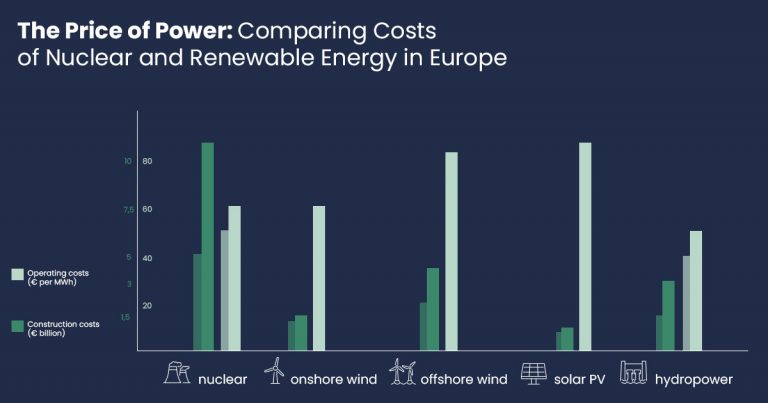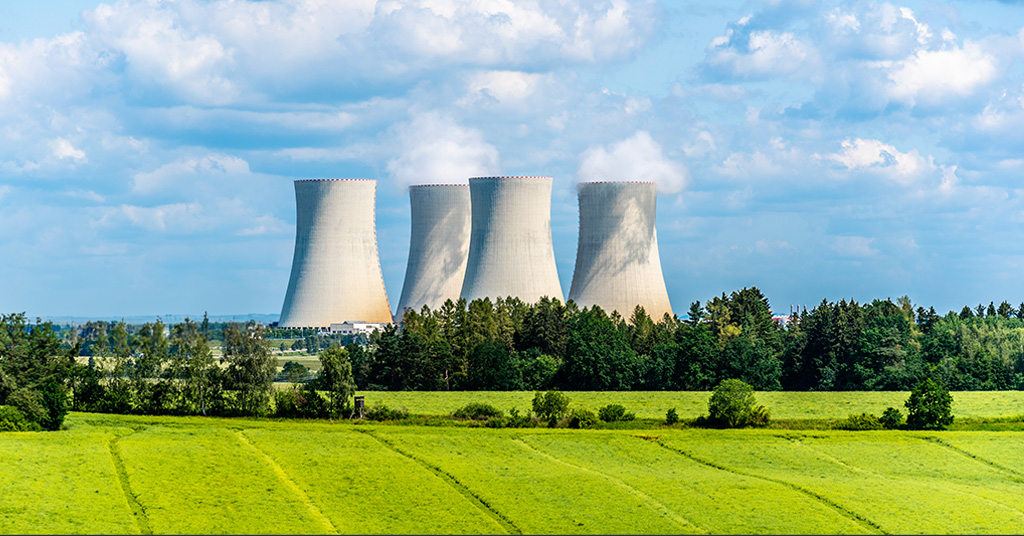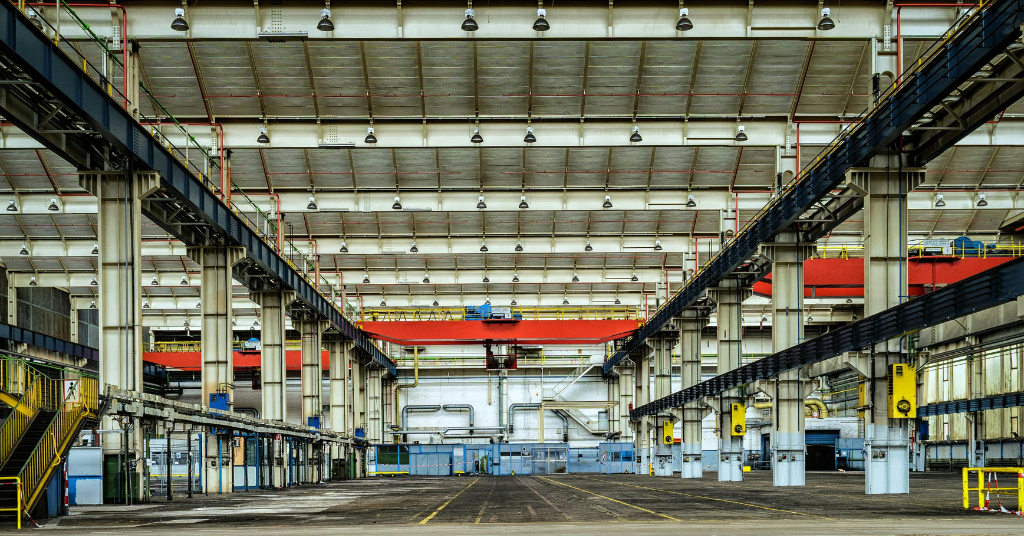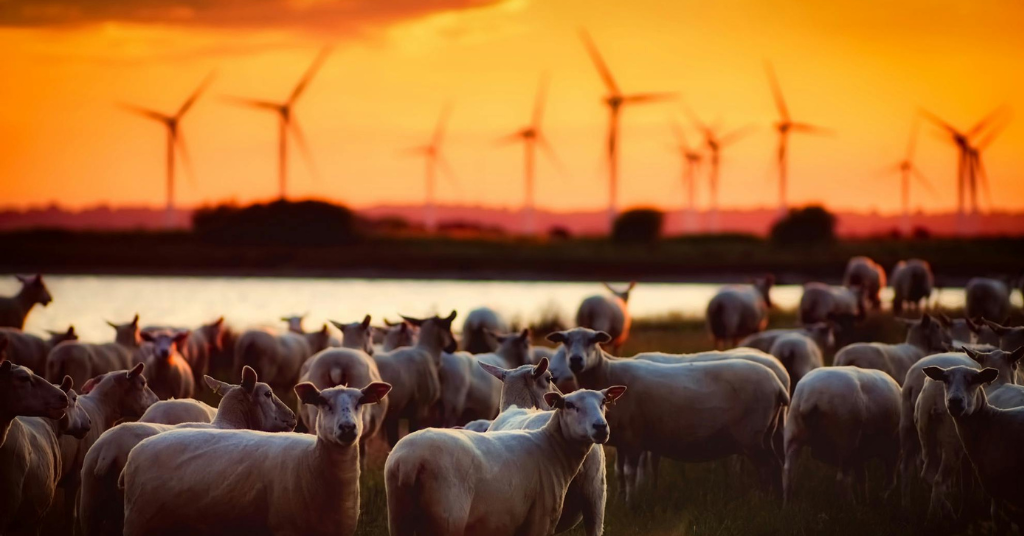What You Will Read About:
- Nuclear Energy’s Role in Climate Goals: Explore how nuclear power is emerging as a critical player in the EU’s strategy to reduce greenhouse gas emissions, particularly within the Fit for 55 framework.
- Current Energy Landscape: Understand the diverse landscape of nuclear energy in the EU, including its contributions to energy production, the challenges faced by member states, and the ongoing debate surrounding its use.
- Safety and Economic Considerations: Learn about the stringent safety regulations governing nuclear power in the EU and the economic implications of nuclear energy compared to other renewable sources.
The impact of climate change is becoming increasingly evident, with extreme weather events occurring more frequently and with greater intensity. A stark example of this is the hurricane season in the United States. In recent years, we’ve witnessed a troubling trend of more powerful and destructive hurricanes making landfall and 2024 is no different with the devastating effects of Helene and Milton in Florida. This unprecedented activity is consistent with scientific predictions about the effects of climate change on tropical cyclones: warmer ocean temperatures provide more energy for hurricanes to form and intensify, while rising sea levels exacerbate the impact of storm surges on the coasts.
As we grapple with the rapidly changing climate’s consequences in Europe too, it’s crucial to understand the current landscape and explore potential solutions for a sustainable future, with a particular focus on the role of nuclear energy.
Recognising the urgent need for action, the European Union has introduced various and is constantly developing new initiatives to reduce greenhouse gas (GHG) emissions, which are the primary driver of global warming. With programmes like Fit for 55 the EU aim to significantly cut emissions across various sectors, and as such, there’s growing recognition that nuclear energy could play a crucial role in achieving these ambitious climate goals.
A truly powerful solution – but where are we now?
As we seek to reduce our reliance on fossil fuels and decrease GHG emissions, nuclear energy is a significant part of the solution. In 2023, nuclear plants produced 22.8% of EU’s energy production, according to Eurostat.
The landscape of nuclear energy itself in the European Union is diverse and evolving. Currently, nuclear power plays a significant role in the EU’s energy mix, with over 100 reactors operating across 12 member states, highlighting the importance of nuclear energy in the region’s power supply. An alliance of 14 pro-nuclear EU member states said recently that the EU needs an additional 50 GW of nuclear power by 2050 to meet energy transition targets. This much energy requires the construction of more than 30 new reactors.
Today France stands out as the EU’s nuclear powerhouse, producing more than half (323.8 TWh) of the Union’s nuclear electricity (591.3 TWh). This concentration of nuclear capacity in a single country underscores the varied approaches to nuclear energy among EU members.
In contrast, for example, to countries maintaining or expanding their nuclear capacity, Germany stands out as a notable exception. The country completed its long-planned nuclear phase-out in 2023, a process that began in earnest after the fall of the Berlin Wall. This decision was largely driven by public perception of nuclear energy as unsafe.
The German example shows that the future of nuclear energy in the EU is at a critical juncture. Currently, new nuclear plant construction is limited to just two member states – France and Slovakia. These projects have faced challenges, including cost overruns and delays, which could influence future decisions on nuclear expansion. However, several EU countries are planning new reactors within the next 15 years: Bulgaria, Czechia, Hungary, Poland, Romania, and Sweden plan to bring online 12 new units all together.
Beyond the EU’s borders, an additional 66 reactors in five non-EU countries – the United Kingdom, Belarus, Russia, Ukraine, and Switzerland – generate just over 30% of the electricity in the rest of Europe. It’s worth noting that Norway and Switzerland are effectively integrated into the EU’s synchronous grid, further intertwining Europe’s energy systems.
The German experience mentioned above highlights a rather complex interplay between public opinion, historical events, and energy policy. It also underscores the challenges faced by policymakers in balancing concerns over nuclear safety with the pressing need for low-carbon energy sources to combat climate change. Germany’s move away from nuclear power has led to increased reliance on other energy sources, including renewables and, controversially, fossil fuels in the short term, sparking ongoing debates about the most effective strategies for achieving climate goals.
Can atomic energy make the world greener?
There are indeed some key advantages of nuclear power when it comes to fighting the root cause of climate change, carbon emissions. Nuclear power plants produce minimal GHG emissions, making them a clean energy source comparable to renewables. Unlike some renewable sources, however, nuclear energy can provide consistent electricity regardless of weather conditions, ensuring grid stability.
Another advantage is that nuclear power plants require less land use compared to other energy sources, minimising environmental impact and they are also cost-effective on the long run: while initial construction costs are high, they have long operational lifespans and low fuel costs, making them economically viable in the long run.
Safety above all
Advanced reactor designs promise even greater safety, efficiency, and reduced waste production. It’s paramount in nuclear energy, and the EU has robust measures in place to ensure the highest standards are met. The Nuclear Safety Directive, first adopted in 2009 and amended in 2014, establishes a community framework for the nuclear safety of nuclear installations across EU member states.
The key aspects of nuclear safety in the EU include:
- A strict regulatory framework: The Nuclear Safety Directive sets legally binding standards for nuclear safety across the EU.
- Independent regulatory bodies: Each member state has an independent regulatory authority to oversee nuclear safety.
- Regular safety assessments: Nuclear installations undergo periodic safety reviews and stress tests to ensure they meet the latest safety standards.
- Transparency and public engagement: The directive promotes openness and transparency in nuclear safety matters.
- Continuous improvement: There’s an ongoing commitment to enhance safety measures based on the latest scientific knowledge and technological advancements.
- Emergency preparedness: Comprehensive plans are in place to respond to potential incidents, further minimising risks.
With these stringent regulations and safety measures, nuclear energy can be operated with a high degree of safety, making it a viable option for addressing climate change.
How much does it cost us?
When discussing the future of energy in Europe, understanding the costs associated with different power generation methods is crucial. Let’s break down the expenses for nuclear and renewable energy sources, looking at both the initial investment required to build the plants and the ongoing costs to operate them. Building a nuclear power plant is a massive undertaking (the Flamanville 3 project in France has seen costs soar to €19.1 billion), once built, nuclear plants are relatively cheap to run.

When considering these figures, it’s important to remember that factors such as location, technology advancements, and scale can significantly impact costs. Additionally, other considerations like environmental impact, energy security, and long-term sustainability play crucial roles in energy policy decisions beyond mere cost comparisons.
In a nutshell
The role of nuclear energy in combating climate change within the European Union remains a complex and multifaceted issue, however, its potential to provide large-scale, low-carbon baseload power certainly can’t be overlooked in the urgent fight against global warming.
By considering all potential solutions, including nuclear energy, and maintaining the highest safety standards, the EU can work towards lower carbon emission levels while building a more sustainable and resilient future for generations to come.
https://energy.ec.europa.eu/topics/nuclear-energy/nuclear-safety_en
https://world-nuclear.org/information-library/country-profiles/others/european-union
https://www.base.bund.de/DE/themen/kt/ausstieg-atomkraft/ausstieg_node.html
https://eur-lex.europa.eu/legal-content/EN/ALL/?uri=CELEX%3A32009L0071
https://eur-lex.europa.eu/legal-content/EN/ALL/?uri=CELEX%3A32014L0087
https://www.energysufficiency.org/news/news/the-cost-of-europes-new-nuclear-power-plants
https://ec.europa.eu/eurostat/en/web/products-eurostat-news/w/ddn-20240627-1
https://ember-climate.org/data/data-tools/european-electricity-prices-and-costs
https://www.iea.org/reports/projected-costs-of-generating-electricity-2020
https://energy.ec.europa.eu/system/files/2020-10/final_report_levelised_costs_0.pdf




